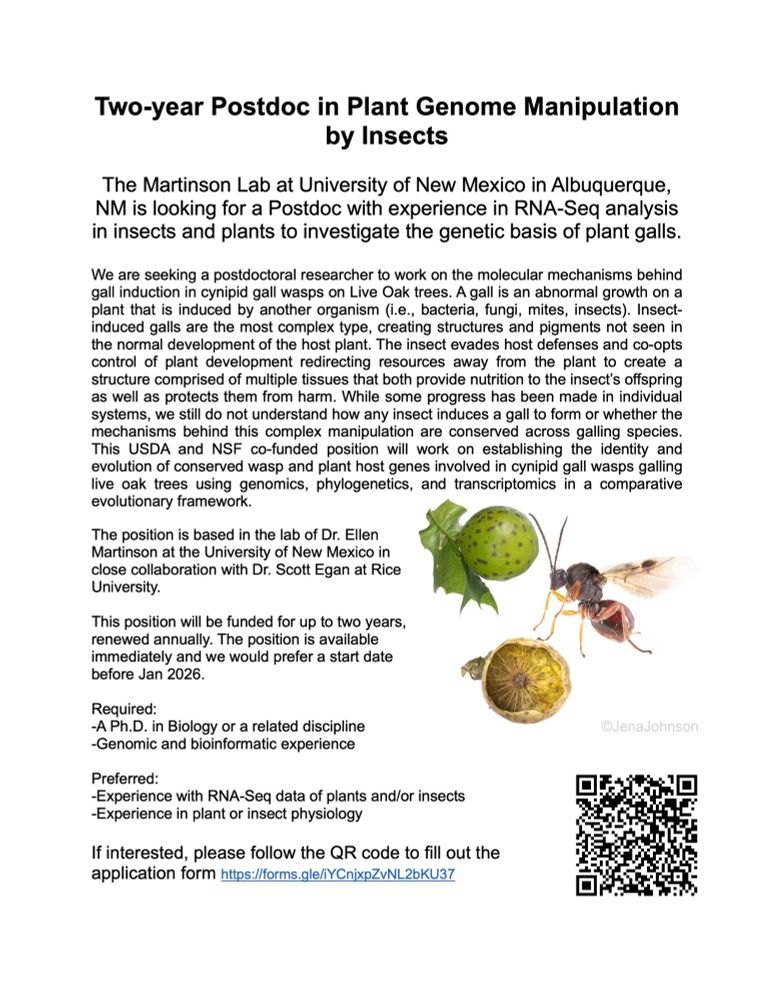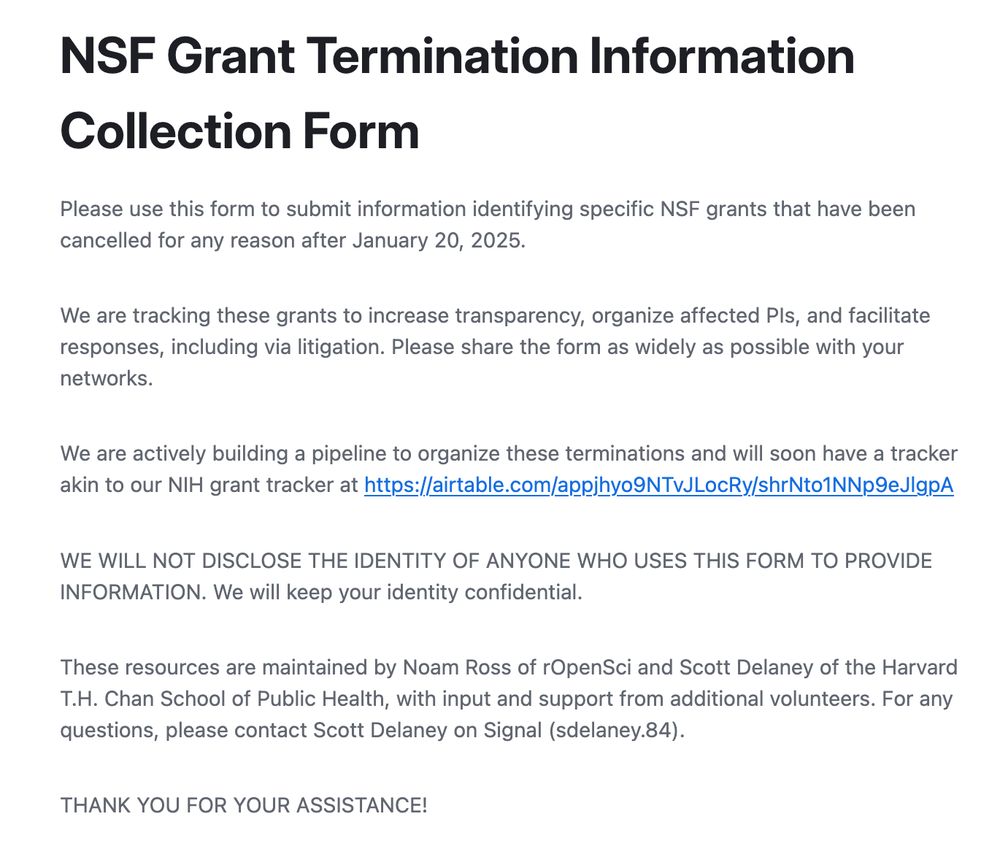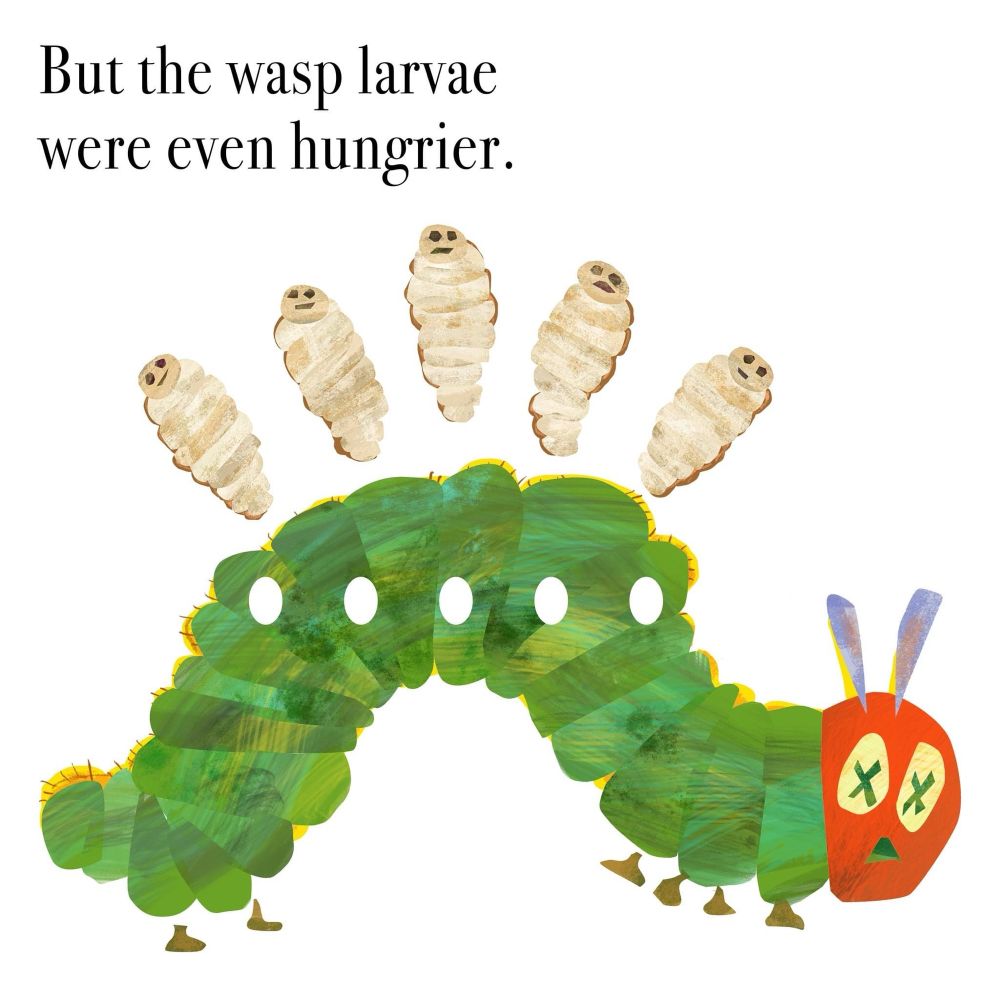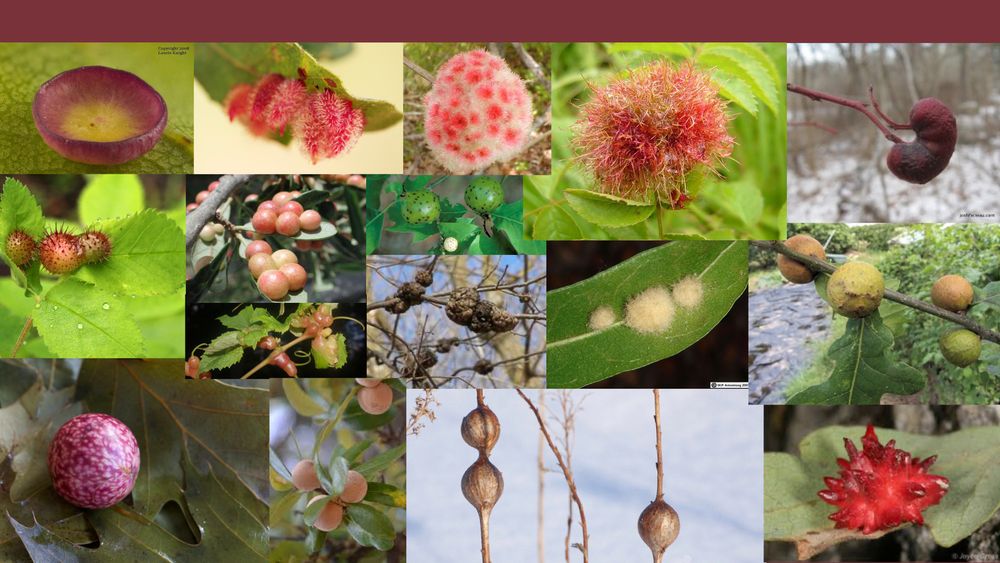
Ellen O. Martinson
@waspvenom.bsky.social
700 followers
460 following
24 posts
Assistant Professor at the University of New Mexico. Interesting in the molecular mechanisms of parasitoid wasp venom and galling insects. ellenmartinson.weebly.com
Posts
Media
Videos
Starter Packs
Reposted by Ellen O. Martinson
Louis Nastasi
@toomanywasps.bsky.social
· Jul 17

Review of Herb Gall Wasp Tribes (Hymenoptera: Cynipidae: Aylacini Sensu lato), with an Updated Key to Cynipid Tribes and a Checklist of World Species
We review the tribes of Cynipidae that are known to contain gall inducers on herbaceous plants, which are presently classified in four tribes: Aulacideini, Aylacini, Diastrophini, and Phanacidini. We ...
bioone.org
Reposted by Ellen O. Martinson
Keith Trujillo
@neurochicano.bsky.social
· Jul 17
Reposted by Ellen O. Martinson
Reposted by Ellen O. Martinson
Reposted by Ellen O. Martinson
Caitlin S., PhD
@paleophile.bsky.social
· Feb 19
Reposted by Ellen O. Martinson
Matthew Herron
@matthewherron.bsky.social
· Feb 19
Reposted by Ellen O. Martinson
Reposted by Ellen O. Martinson
Reposted by Ellen O. Martinson
Reposted by Ellen O. Martinson
Reposted by Ellen O. Martinson
Ellen O. Martinson
@waspvenom.bsky.social
· Dec 17
Ellen O. Martinson
@waspvenom.bsky.social
· Dec 17
Ellen O. Martinson
@waspvenom.bsky.social
· Dec 17
Ellen O. Martinson
@waspvenom.bsky.social
· Dec 17

External insect gall morphology influences the functional guilds of natural enemy communities | Proceedings of the Royal Society B: Biological Sciences
The evolution of diverse and novel morphological traits is poorly understood, especially
how symbiotic interactions can drive these adaptations. The extreme diversity of external
traits in insect-indu...
doi.org
Ellen O. Martinson
@waspvenom.bsky.social
· Nov 30

A Tale Of Two Glassworkers And Their Marine Marvels
Leopold and Rudolf Blaschka are perhaps best known for crafting a collection of glass flowers for Harvard. But together they made their mark fashioning thousands of marine invertebrate models.
www.sciencefriday.com















